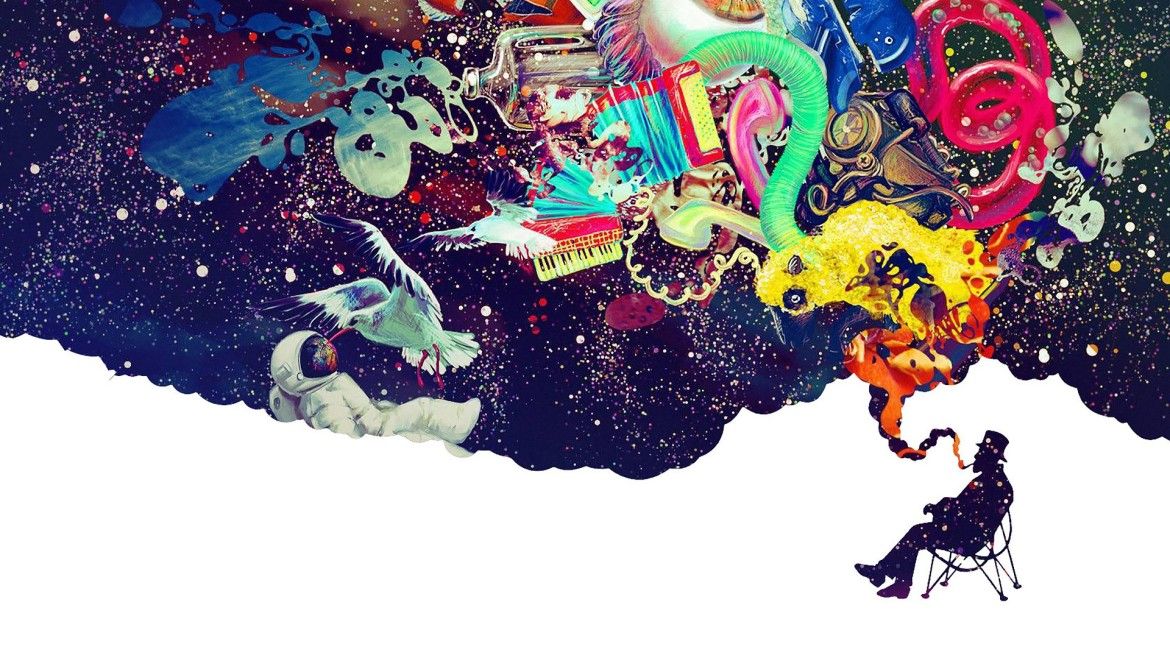
Dealing With Creativity
When teaching, there is an obvious difference of students and teacher, and it defines the space in which each of them operates, this is, a predominance of speaker on the teacher’s side, and a predominance of listeners on the student’s side, but what to do when this dynamic changes, and what is the difference on it being caused by a good thing or a bad thing? Creativity.
Of course is a bad thing if you as teacher, see the class being interrupted by a student who is just looking for some fun to alleviate his boredom, but when a student interrupts because he wants to learn or share his opinion, that is a whole other subject.
Creative Student

Student’s minds are a roller coaster of thoughts when truly invested into the class, this sometimes end in confusion, sometimes boredom, interest, fascination, and something else, which is the topic at hand, creativity.
Creativity can come easily to some people while listening to other things, as if they use what they listen as bridges to create new paths in their minds, and this can happen with children, teens and adults. To have a somewhat balanced opinion let’s pretend we are talking about a 17 year old boy or girl which we will call “the creative student”.
The creative student sometimes can be a bit impulsive, because of the amount of passion there is for music, this has to be tamed, not stopped.
The importance of giving creativity the attention it deserves cannot be dismissed. Concerning this fact, Peter Webster from the Thornton School of Music says:
Consider for a moment how this might affect motivation. With the rich opportunities to create music comes an inherent desire to learn more about technique. Practice time is not based only on a teacher-directed and teacher-centered set of technical challenges, devoid of any student engagement. Instead, there is added a personal investment in improving one’s playing or singing. Listening to one’s recorded performances focuses attention on the need to improve sound. Students asked to analyze their own musical performances, perhaps their own music, become more intrinsically engaged.
That is the ultimate goal in music education, students have to be engaged and inspired to make their own music, that’s why letting their creativity fly in class is crucial to their formation as musicians.
Classroom instruction for younger grades can continue to be defined by singing and moving but must also include attention to composition, improvisation, and creative listening. We need to completely rethink methods class to include more composition and improvisation and greater attention to technology
The Focus on Creativity

If this is the focus, learning about technique will become a necessary means to achieve what they as musicians want, in other words, it has to be the teacher’s priority to make every student feel as comfortable as they can in class.
It’s also important to remember that some students may be more outgoing and more open to share their tastes than others, which is the different between the creative student and the rest of them. When we refer to a “creative student” does not mean that the rest of them aren’t creative, it just means that them as students are not showing that side of them, and the desired thing should be to make them all creative students. No one should be feeling left out or less than the rest, and in online lessons, where there are no classmates in the traditional sense, creativity should be more easily involved in each lesson.
